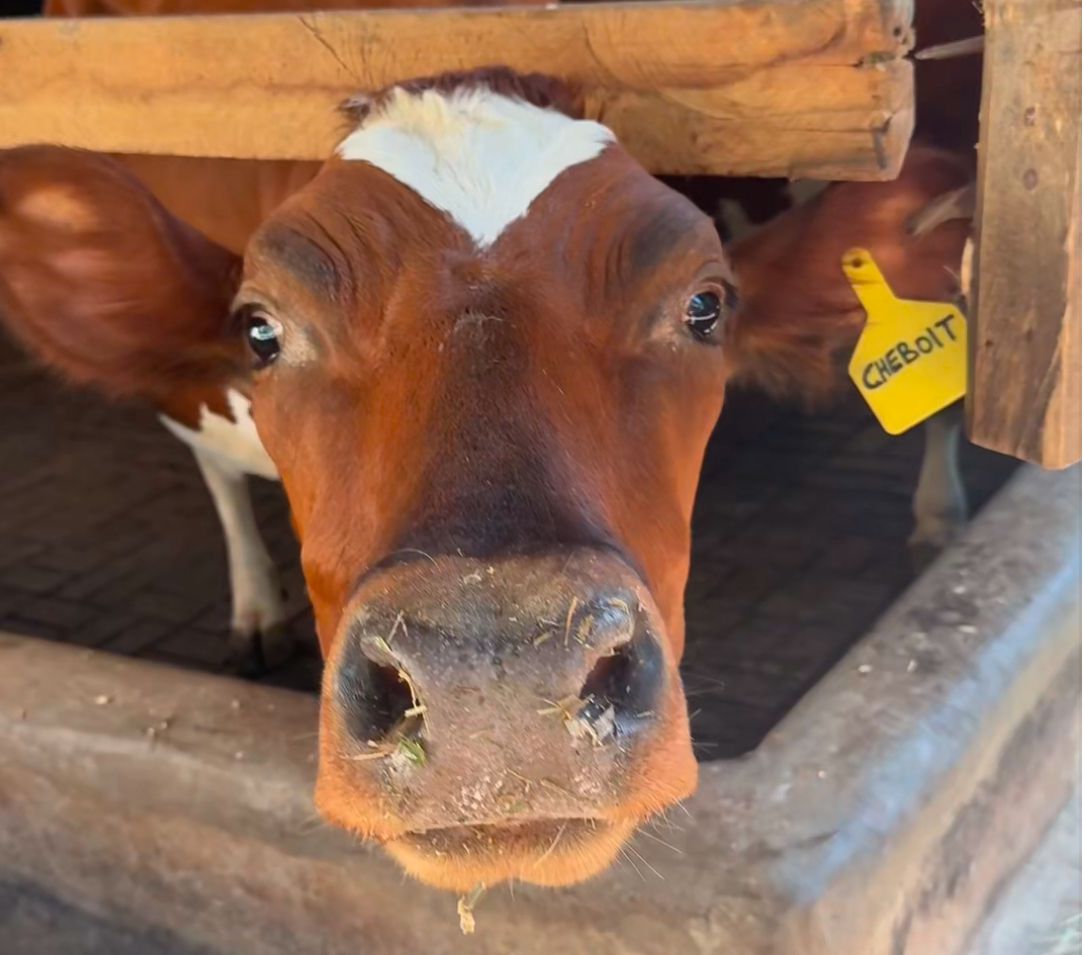Turning Waste into Wealth: Reviving Our Biogas System

Dung! The perfect ingredient for biogas
Unfortunately, when we arrived, the biodigester was not in use due to a variety of challenges. Despite government regulations prohibiting schools from using firewood for cooking, we found that the kitchen staff were still relying on wood, exposing themselves to harmful smoke.
My first priority was to restart the system by sourcing fresh manure, ensuring the kitchen is fully operational before we leave. This time, we will appoint a dedicated individual responsible for maintaining consistent gas production.
One of the main difficulties has been securing the required 300kg of manure per day, as most biodigesters operate on farms where dung is readily available. This challenge has led us to consider a potential commercial venture—establishing a herd of 15 milking cows, which would not only provide a reliable supply of manure but could also generate over 1 million shillings (£6,500) per year in revenue. This could be a sustainable solution for both the school and the community.
Since parents have not been able to consistently supply the needed dung, they will now contribute a small fee to help purchase manure from dairy farms further afield. This will ensure a steady supply while reinforcing the importance of maintaining the biodigester for clean and efficient cooking.
The video below shows a visit to the diary to collect the dung.
Once the dung is collected and transported back to the school, it undergoes a crucial preparation process before being introduced into the biodigester. The raw manure is mixed with water in a 50/50 ratio to create a smooth slurry, ensuring the organic material breaks down efficiently. This mixture is then funneled into the mixing chamber, where it begins its journey through the biodigester system.
In the video, you will see this entire process in action—from the collection of dung to its careful preparation and introduction into the system. Over time, as natural fermentation and bacterial activity take place within the biodigester, the waste is converted into valuable biogas. This renewable energy source is then channeled to the school’s kitchen, providing a clean, smoke-free, and sustainable alternative to traditional firewood.
Stay tuned until the end of the video, where you’ll witness the result of this effort—a bright, steady flame burning in the kitchen, a testament to the effectiveness of the system. This not only marks a significant step towards self-sufficiency but also ensures a healthier cooking environment for the school staff and students.
